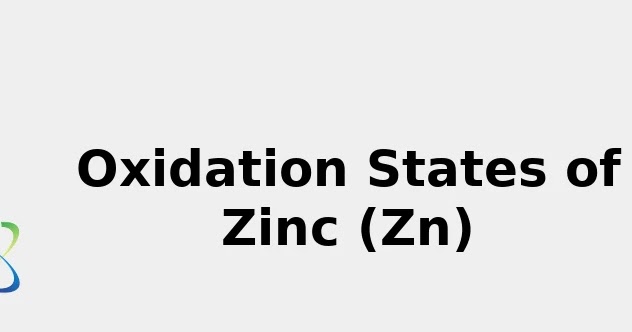Zinc
Zinc is a lustrous bluish-white metal. It is found in group IIb of the periodic table. It is brittle and crystalline at ordinary temperatures, but it becomes ductile and malleable when heated between 110°C and 150°C. It is a fairly reactive metal that will combine with oxygen and other non-metals, and will react with dilute acids to release hydrogen. Applications It is used principally for galvanizing iron, more than 50% of metallic zinc goes into galvanizing steel, but is also important in the preparation of certain alloys. It is used for the negative plates in some electric batteries and for roofing and gutters in building construction.
Zinc is the primary metal used in making American pennies, is used in die casting in the automobile industry. Zinc oxide is used as a white pigment in watercolours or paints, and as an activator in the rubber industry. As a pigment zinc is used in plastics, cosmetics, photocopier paper, wallpaper, printing inks etc, while in rubber production its role is to act as a catalyst during manufacture and as a heat disperser in the final product. Zinc metal is included in most single tablet, it is believed to possess anti-oxidant properties, which protect against premature aging of the skin and muscles of the body. Zinc in the environment Zinc is a very common substance that occurs naturally. Many foodstuffs contain certain concentrations of zinc. Drinking water also contains certain amounts of zinc, which may be higher when it is stored in metal tanks. Industrial sources or toxic waste sites may cause the zinc amounts in drinking water to reach levels that can cause health problems. Zinc occurs naturally in air, water and soil, but zinc concentrations are rising unnaturally, due to addition of zinc through human activities. Most zinc is added during industrial activities, such as mining, coal and waste combustion and steel processing. Some soils are heavily contaminated with zinc, and these are to be found in areas where zinc has to be mined or refined, or were sewage sludge from industrial areas has been used as fertilizer. Zinc is the 23rd most abundant element in the Earth's crust. The dominant ore is zinc blende, also known as sphalerite. Other important zinc ores are wurzite, smithsonite and hemimorphite. The main zinc mining areas are Canada, Russia, Australia, USA and Peru'. World production exceeds 7 million tonnes a year and commercially exploitable reserves exceed 100 million tonnes. More than 30% of the world's need for zinc is met by recycling. Health effects of zincZinc is a trace element that is essential for human health. When people absorb too little zinc they can experience a loss of appetite, decreased sense of taste and smell, slow wound healing and skin sores. Zinc-shortages can even cause birth defects.
Although humans can handle proportionally large concentrations of zinc, too much zinc can still cause eminent health problems, such as stomach cramps, skin irritations, vomiting, nausea and anaemia. Very high levels of zinc can damage the pancreas and disturb the protein metabolism, and cause arteriosclerosis. Extensive exposure to zinc chloride can cause respiratory disorders.
In the work place environment zinc contagion can lead to a flu-like condition known as metal fever. This condition will pass after two days and is caused by over sensitivity.
Zinc can be a danger to unborn and newborn children. When their mothers have absorbed large concentrations of zinc the children may be exposed to it through blood or milk of their mothers.
|
Effects of zinc on the Environment
The world's zinc production is still rising. This basically means that more and more zinc ends up in the environment. Water is polluted with zinc, due to the presence of large quantities of zinc in the wastewater of industrial plants. This wastewater is not purified satisfactory. One of the consequences is that rivers are depositing zinc-polluted sludge on their banks. Zinc may also increase the acidity of waters.
Some fish can accumulate zinc in their bodies, when they live in zinc-contaminated waterways. When zinc enters the bodies of these fish it is able to bio magnify up the food chain.
Large quantities of zinc can be found in soils. When the soils of farmland are polluted with zinc, animals will absorb concentrations that are damaging to their health. Water-soluble zinc that is located in soils can contaminate groundwater. Zinc cannot only be a threat to cattle, but also to plant species. Plants often have a zinc uptake that their systems cannot handle, due to the accumulation of zinc in soils.
On zinc-rich soils only a limited number of plants has a chance of survival. That is why there is not much plant diversity near zinc-disposing factories. Due to the effects upon plants zinc is a serious threat to the productions of farmlands. Despite of this zinc-containing manures are still applied.
Finally, zinc can interrupt the activity in soils, as it negatively influences the activity of microrganisms and earthworms. The breakdown of organic matter may seriously slow down because of this.
|
Read more on zinc in water Back to the periodic table of elements. |
|



